Minimalist Design
By: Scott Thorne, Senior Industrial Designer, Beyond Design, Inc.
Moderate + Distinguished
Overworking and overthinking a design can lead to confusion, muddled work, and unnecessary complexity. Minimalism functions well because it creates clear, timeless, and user friendly designs. At Beyond Design, we take a minimalist approach throughout our projects. As a result, we are able to create products our clients are proud of and consumers can connect with. In this article, I’ll dissect the history of minimalism, the relationship between minimalism and society, and some of the top trends in minimal living, specifically amongst millennials.
De Stijl Movement
Minimalism has been around since the early 1900s, originating in the Dutch De Stijl movement. The movement focused on keeping art simple through reduction. Specifically, through reduction of color. Minimalistic art focuses on black, white and primary colors. Originally, this style came from a resurgence after World War I, which aimed to rebuild not only the arts but transform society and create a new utopian vision of the world from the debris left behind.
This early form of minimalism helped create a visual language that conveyed meaning and story through harmonizing simple, yet precise, shapes and colors. One of the truest leaders of this vision and form of expression was artist, Piet Mondrian. As a founding member of the movement, Mondrian was renowned for his use of grids and primary colors. The Dutch painter started with abstract work until he reduced it to a simplified geometric styling.
“Art is higher than reality and has no direct relation to reality. To approach the spiritual in art, one will make as little use as possible of reality, because reality is opposed to the spiritual.” – Mondrian
Some of Mondrian’s more famous minimalist pieces were completed in the early 1920s while living in France. The Tableau 1 and Composition A (above) use rectangular patterns outlined with stark black and grey lines. The pieces are nonobjective and stand as pure De Stijl forms. His influence reached beyond 20th century art and is reflected in architecture and fashion, among other creative fields and lifestyles.
Flow of Space
As trends moved past the De Stijl era, minimalism was truly realized following World War II and came to life in the 50s and 60s, with the term itself being coined in 1965. It was a response to abstract expressionist style (a Clyfford Still piece below) which was unmeasured and an almost subconscious creation from the artist. Minimalism was a stark contrast to that mayhem and chaotic method of craftsmanship and is instead, a measured form of art.
Spotlight: Tony Smith
Tony Smith, a notable American minimalist artist, led the movement with his iconic sculptures. Smith used geometric models and 3-D grids to explore sizing and scaling of prototypes.
The Tony Smith installation at New York’s Museum of Modern Art.
Smith Works:
The Fourth Sign (1977) – Located at The University of Hawaii at Manoa, the public piece is a minimalist sculpture representing Cancer, the 4th Zodiac sign. Smith designed the crab-like shape with 9 separate sections of black steel with the sharp arches creating interior and exterior space (below).
Moon Dog (1964) – Inspired by the blind poet of the same name, Moondog is completely symmetrical from some viewpoints, while appears to jut forward at others. Smith used 15 octahedra and 10 tetrahedra to create the 17-foot hound (below).
Space + Sustainability
Minimalism art has heavily influenced design for consumers and interiors. It is stripping a design of any ostentatious distractions and presenting it in its truest, most functional form. At Beyond, we have seen an uptick in demand for this type of sleek and simple design across every industry; from home and housewares to healthcare to appliances and tools. Our team is comprised heavily of millennial designers, a generation which has taken the minimalist mindset to the mainstream both professionally and personally, which has helped us stay on the cusp of new trends.
BD Spotlight: Bradley Washbar
Our friends at Bradley Corporation entrusted us to design an innovative lavatory system that would join their current family line. Its highly durable natural quartz surface is a blend of materials that is made of 70% recycled content. The one-piece plated stainless steel WashBar includes touch-free soap located on the left, water in the center and a hand dryer, located on the right. Blue LED lights are located on the WashBar to guide users, indicating the three functions. The Verge’s elegant curve and shape compliments a modern bathroom with a minimalistic aesthetic.
BD Spotlight: Chicago Faucets
When Chicago Faucets came to our team, their primary objective was to create a line of electronic faucets that were easy to install, easy to operate and easy to maintain, but also have an aesthetically appealing and minimal design. The EQ marks a new generation of faucets that are combined with advanced electronics, but maintain the same high quality that Chicago Faucets delivers. Our team’s goal was to create a modern and contemporary faucet line that would be a part of the EQ generation line. It’s sleek, two finish design capture the essence of the visual attributes of the faucet, drawing attention to the shape and curve. The faucets were designed to integrate into any restroom, along with being easy to install in minutes – not hours.
Minimalism + Millennials
Modern means of connectivity has shrunk the world we live in. Millennials were born into a post tech revolution where connections are endless and the world is their office, home, and next adventure. Everything is shared (from rides through Uber and homes through Airbnb) creating less need for owning and amassing tangible things. Millennials are also extremely forward thinking when it comes to the environment. This eco conscious approach translates smoothly into a minimalist lifestyle.
The importance of creating a smaller carbon footprint has created a shift away from bulky consumer items to embracing polished interiors, multifunctional and energy saving appliances and adjustable layouts (i.e. fold up beds and rotating partitions).
Tiny Homes + Tiny Footprints
The tiny home phenomena takes minimalism one step further (or smaller). This social movement involves downsizing to the absolute essentials in shelter and possessions. Tiny homes generally run between 100 and 400 square feet. Where past generations focused on buying large spaces and locking into mortgages, millennials have begun to deviate from this tradition and instead are buying small. Designing for a tiny home requires space and strategy to incorporate different technologies such as composting toilets, adjustable staircases, and wall-mounted desks and dining room tables.
As designers, we have seen first hand how minimalism as a trend has grown. It began as a call to restore harmony and simplicity and has evolved to being a staple in design and style today. For more information on how we design minimally, please feel free to contact us at info@startbeyond.com. Stay tuned for our next article at the end of the summer! Thank you for reading.
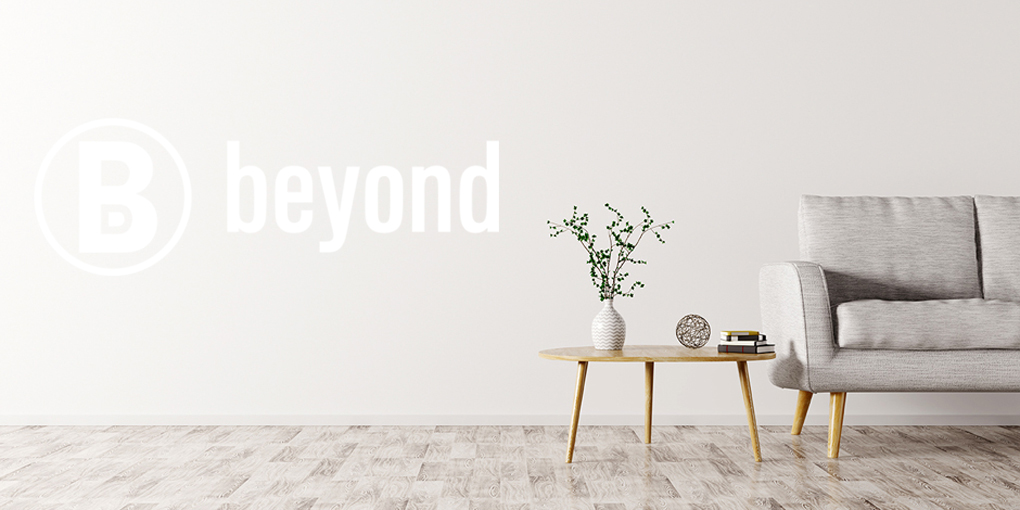

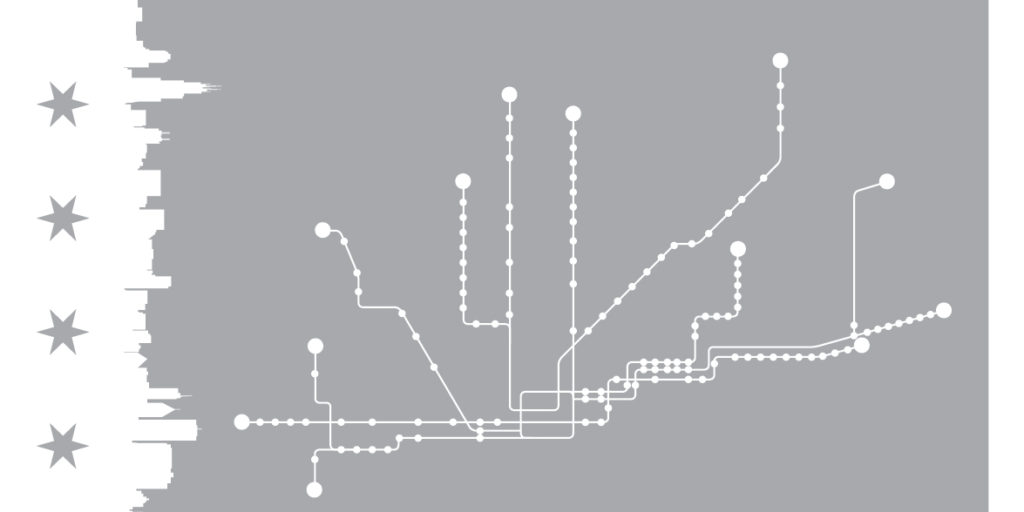
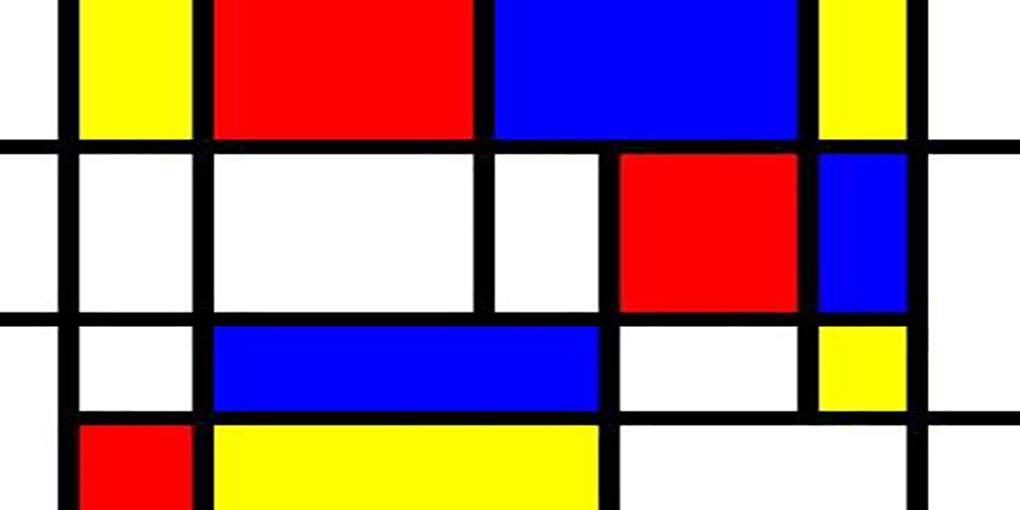
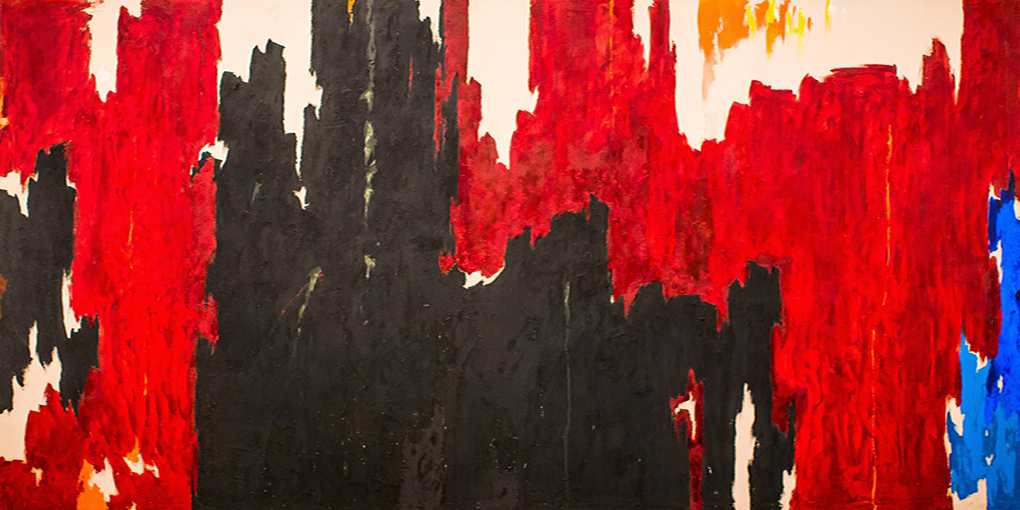
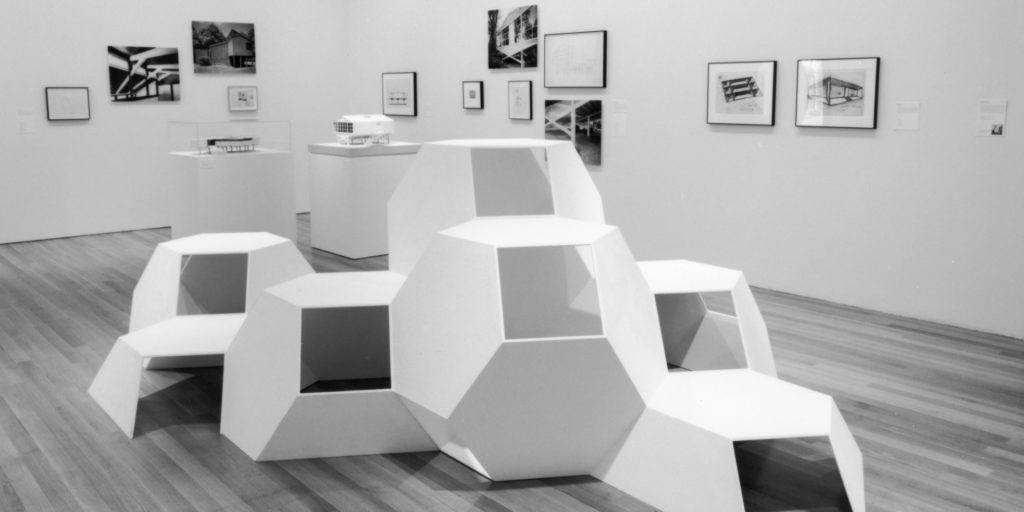
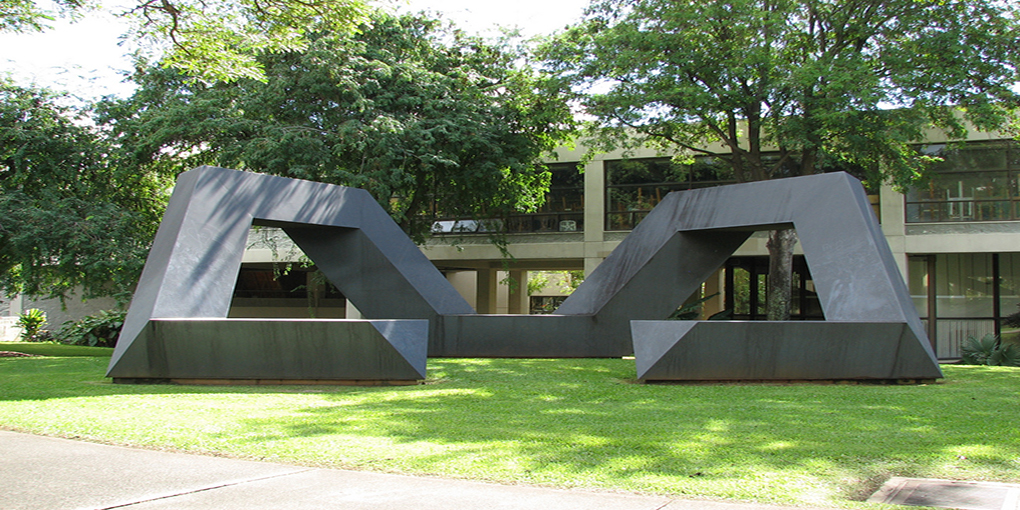
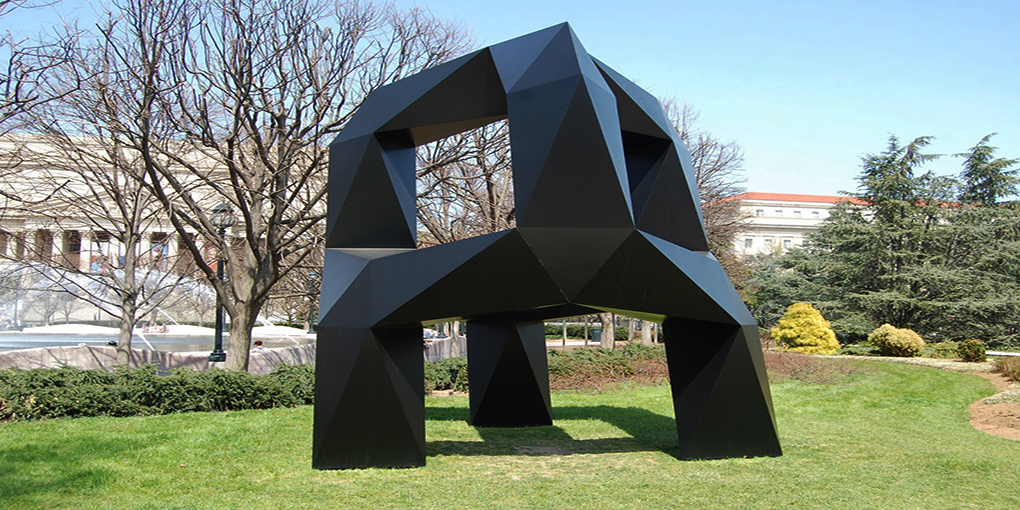
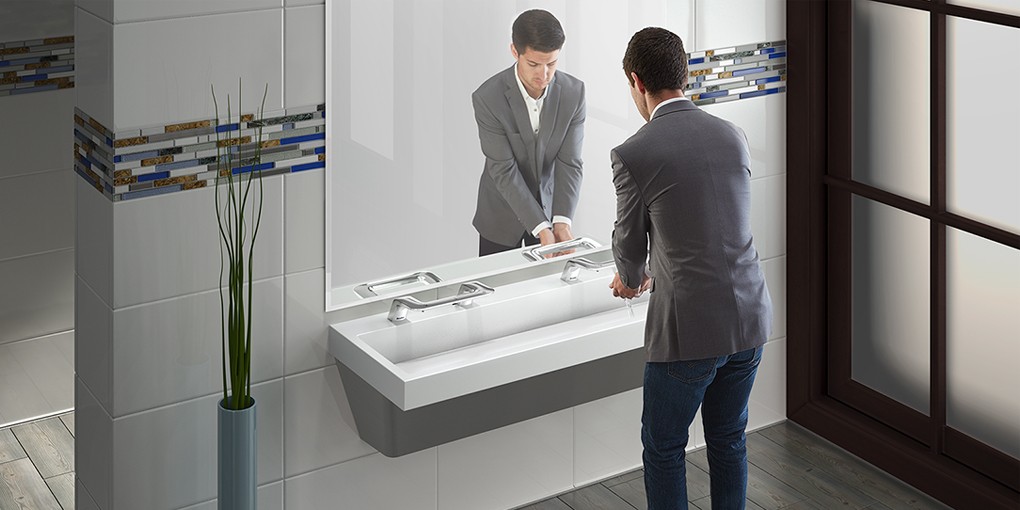
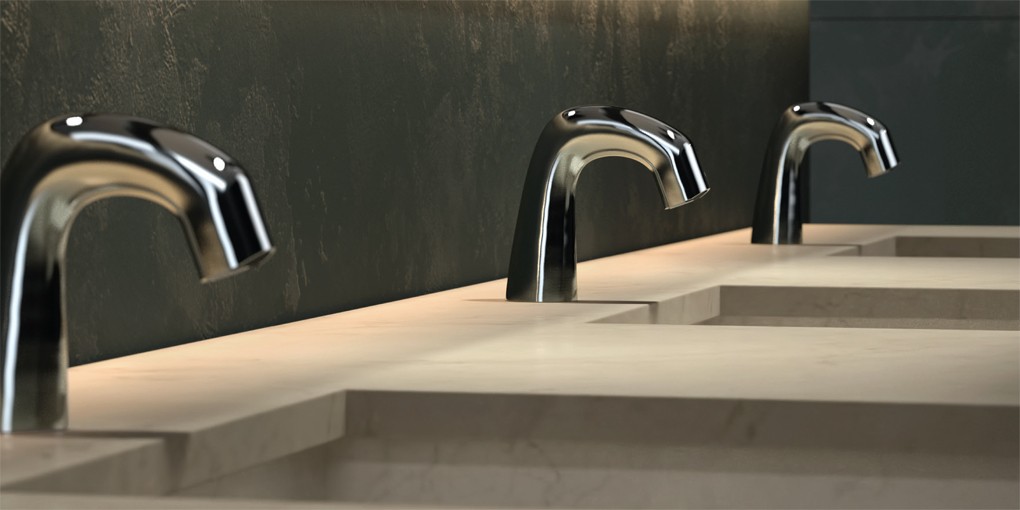
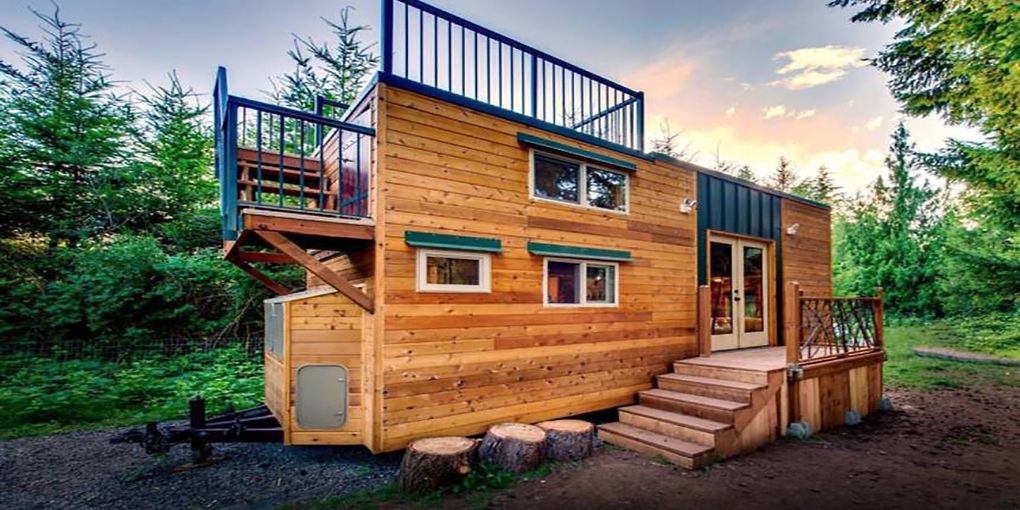
 Top
Top
